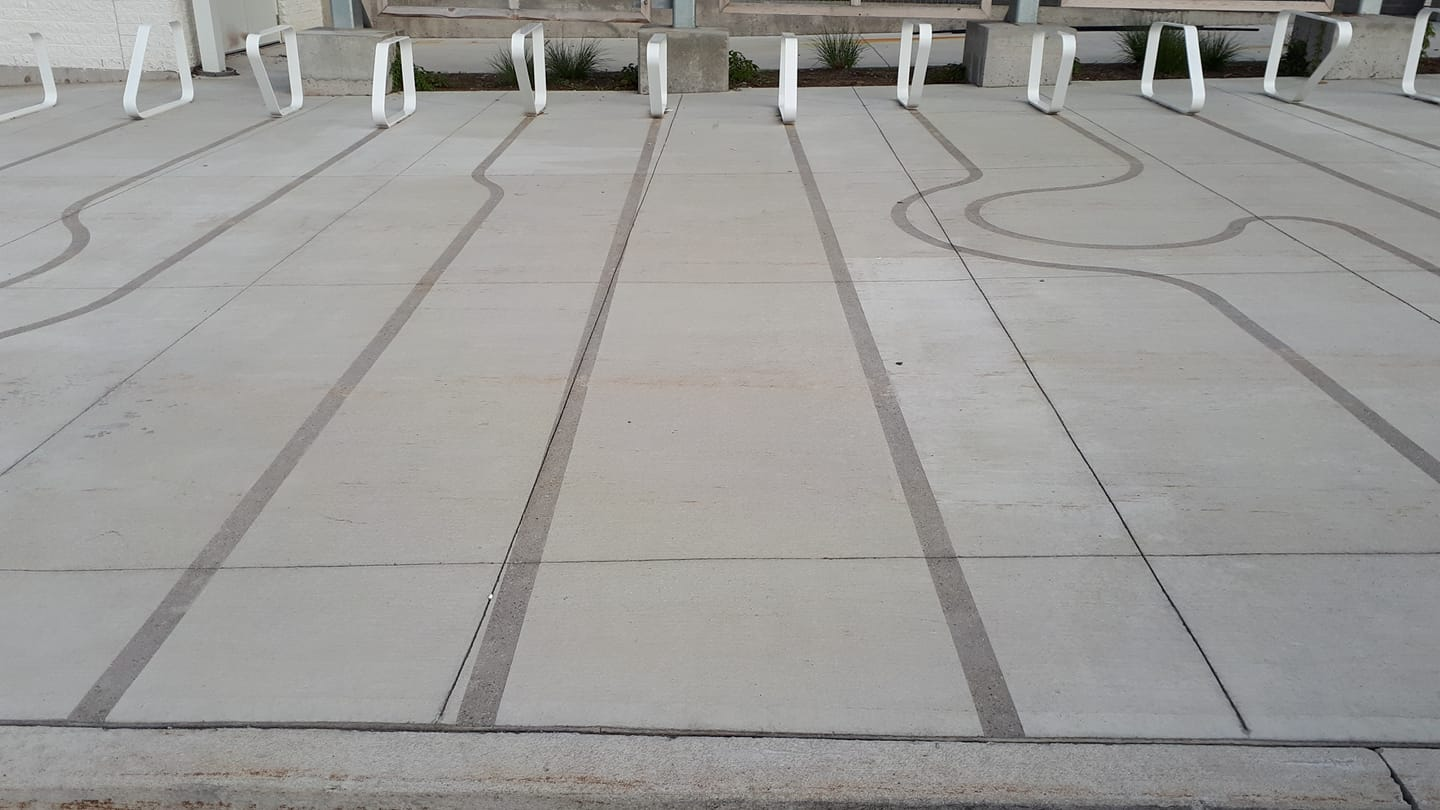Concrete finishes have gained considerable popularity in the market, with people adopting them for both residential and commercial applications. Among these techniques, acid etching stands out as a notable one. It turns concrete into a beautiful surface with patterns and textures that are not available with every concrete finishing method. By understanding what acid etching is, you can appreciate its potential to improve the appearance of various areas.
The Basics of Acid Etching
Acid etching concrete is a process where professionals brush a designated acid solution onto its surface. This solution also interacts with the concrete minerals to give it a textured appearance. It is more straightforward than you would expect, but you must do it carefully to maintain safety and efficacy.
The primary purpose is to enhance the appearance of the concrete surface. With the proper use of technique and timing, this process can create subtle textures or more statement pieces. Acid etching is a popular choice for those who want to create texture on the surface of their concrete due to its versatility and ease of use.
Preparation and Safety Measures
Preparation is key before starting the acid etching process. Cleaning the surface of the concrete helps to ensure an even reaction of the acid solution. Remove any residue, grime, or stains for the best results.
Always use safety precautions while working with acids. Wear protective gear, such as gloves, goggles, and masks, to prevent exposure to skin and eyes. It is also crucial that you work in a place with adequate ventilation so that you do not inhale fumes. These precautions can help you carry out the process without any glitches and safely.
Application Techniques
You can apply acid etching in various ways, depending on the desired outcome. Pour, brush, or spray the solution evenly onto the surface. The final appearance will depend on the strength of the acid and the duration of its contact with the concrete.
You can achieve an even more textured surface by using a solution with a higher acid concentration or by exposing it to acid for a longer period of time. A lighter application, however, provides only a hint of a finish. The different techniques produce varying effects and can facilitate the personalisation of design by allowing for experimentation with them.
Creating Patterns and Designs
Plain concrete surfaces are bare but can be enhanced to create intricate patterns and designs using acid etching. You can use stencils or tape to cover specific areas, thus creating a contrast effect with the acid and enabling more room for creative choice and individualisation.
Acid etching is ideal for decorative patios, driveways, and interior floors due to the customizability of the designs. These designs can range from geometric or site-based abstract shapes to organic shapes; the possibilities are endless. This versatility is attractive to designers and homeowners alike, who look to incorporate a unique design element into their spaces.
Maintenance and Care
After completing the etching, seal the surface to protect the finish and extend its longevity. A good sealant helps protect against stains and wear, which maintains a decorative look. Regularly cleaning it with mild detergents can help prevent deterioration over time.
Although acid-etched surfaces are generally low-maintenance, they may require resealing from time to time. This measure ensures the design stays intact and maintains that professional look. As long as you follow these care guidelines, you can enjoy the beauty of acid-etched concrete for years to come.
Environmental Considerations
The decorative technique of acid etching also considers its environmental impact, including the responsible handling of acid and the disposal of rinse water. However, neutralising the acid before disposal reduces the impact on the environment.
Choosing environmentally friendly alternative products whenever possible helps decrease your household’s carbon footprint even further. Being aware of these factors will help promote responsible practices and sustainable use of decorative concrete techniques.
Conclusion
The process of acid etching is a simple yet efficient approach to polishing out and styling your concrete surface. When you understand the process, prepare adequately and use the proper techniques, you can achieve striking and creative designs. When well-maintained, these types of surfaces retain their appearance and utility over time.
By utilising acid etching in seemingly endless creative applications, a person can transform ordinary concrete into a standout feature. For a small patio or an ample business space, this method delivers unlimited style and elegance.
